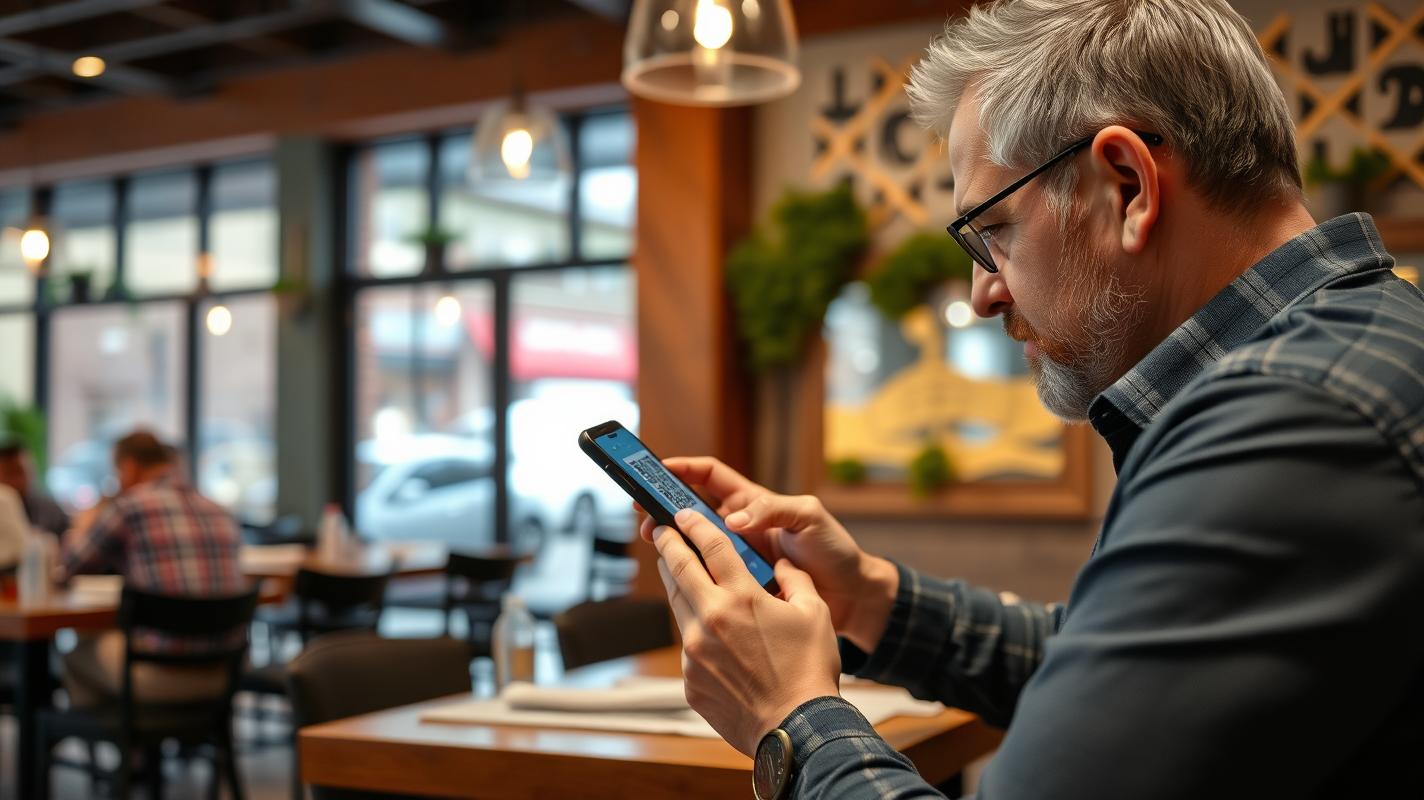Small business owners are discovering innovative ways to blend traditional hospitality with digital convenience. QR codes and NFC cards are transforming how local establishments connect with customers, gather feedback, and encourage return visits.
Sarah's Corner Café in Portland found remarkable success by placing elegantly designed QR code cards on each table. These codes link directly to their loyalty program, where customers can track their visits and earn rewards like free pastries or specialty coffee drinks. Within three months of implementation, they saw a 40% increase in repeat customers and a significant boost in their morning rush hour sales.
Boutique owner Maria Chen revolutionized her customer feedback system by incorporating NFC cards with printed QR codes at her checkout counter. Customers simply tap or scan to leave a review, leading to a 300% increase in monthly reviews. The immediate feedback allows her to address concerns quickly and maintain her shop's stellar reputation.
The key to success lies in strategic placement and clear customer benefits. The Vintage Bean, a family-owned coffee shop in Austin, prints QR codes directly on their coffee sleeves. These codes not only link to their loyalty program but also offer exclusive daily deals to scanning customers. This approach resulted in a 25% increase in weekly sales and created a buzz among local coffee enthusiasts.
Local boutiques are finding creative applications beyond basic marketing. Rose & Thorn Boutique implemented a unique system where QR codes on product tags link to styling videos and care instructions. This value-added service has reduced returns by 15% and increased customer satisfaction scores.

Small business owners report several crucial factors for successful QR code implementation:
- Integration with loyalty programs must be seamless and offer immediate value to customers. The scanning process should lead to instant rewards or clear progress toward meaningful benefits.
- Physical presentation matters significantly. QR codes incorporated into attractive designs or branded materials perform better than basic black and white codes. Many businesses are now using customized QR codes that incorporate their logo or brand colors.
- Location placement is crucial. High-traffic areas like countertops, table centers, and shopping bags yield better scan rates than hidden or awkward positions.
The Sweet Spot Bakery demonstrates these principles perfectly. They placed NFC cards with QR codes near their register, offering first-time scanners a free cookie with their next purchase. This simple strategy led to a 60% return rate among new customers and generated hundreds of positive reviews across various platforms.
For businesses considering implementing QR code marketing, start with clear objectives. Whether the goal is increasing reviews, boosting repeat visits, or gathering customer data, the technology should solve a specific business challenge while providing genuine value to customers.
Remember to regularly update linked content and maintain active engagement with customer feedback. The most successful businesses use QR codes as part of a broader digital strategy, not as a standalone solution.
Local businesses are proving that with thoughtful implementation, QR codes and NFC cards can bridge the gap between physical and digital experiences, creating stronger customer relationships and driving sustainable growth in an increasingly competitive market.
By focusing on customer convenience and genuine value, even the smallest local businesses can leverage these tools to compete effectively with larger chains while maintaining their unique, personal touch that makes them special to their communities.

Share:
Boosting Mobile Engagement with NFC-Enabled Experiences
Turning In-Store Interactions into Digital Reviews with NFC